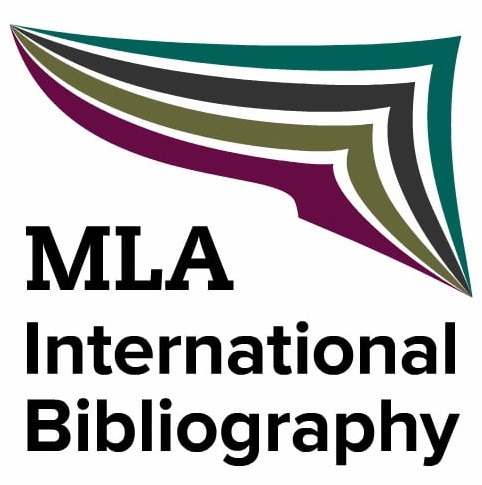A Bard in the Trenches
David Jones as an Artist of “The Waste Land”
DOI:
https://doi.org/10.13135/2281-6658/7805Parole chiave:
David Jones, T.S. Eliot, Poetry, Modernism, Great WarAbstract
When The Waste Land was published in 1922, David Jones, a 27-year-old Anglo-Welsh painter, was living in the English countryside with a monastic community of artists. A World War I veteran who had been injured in the tragic battle at the Somme, Jones had converted to Catholicism and was developing a modernist aesthetics, producing paintings and engravings where scenes from the gospels (the flagellation, the crucifixion, the empty tomb) were set on the French front, carried
out by helpless British infantrymen. The Waste Land was a transformative read for Jones, who thought it embodied the ‘metaphysical disaster’ (Musil 1922) of the war. In later years, Jones began writing about his own wartime experience (Dilworth 1994, 2017): with Eliot’s help and encouragement, he published In Parenthesis (1937), an epic poem (praised by W.H. Auden and Igor Stravinsky, among others) that moved the modernist myth of the waste land from Eliot’s London to
the literal wasteland of the trenches. This paper examines Jones’s mythic method, underpinned by his conception of the artist as a ‘maker’ (Jones 1959); it shows how his works blurred the boundaries between artforms by juxtaposing paintings and inscriptions to prose and verse. Jones’s singular perspective as a modernist soldier-bard, drawing from Christian liturgy and Arthurian myth, and the intertextual dialogue with Eliot’s poem, suggest an original reading of the waste land as a ritual space for remembrance, representation, and re-enactment: a useful critical category for a theory of modernism, and a metaphor for the work of art itself.
Downloads
##submission.downloads##
Pubblicato
Fascicolo
Sezione
Licenza
Gli autori mantengono i diritti sulla loro opera e cedono alla rivista il diritto di prima pubblicazione dell'opera, contemporaneamente licenziata sotto una Licenza Creative Commons - Attribuzione che permette ad altri di condividere l'opera indicando la paternità intellettuale e la prima pubblicazione su questa rivista.







